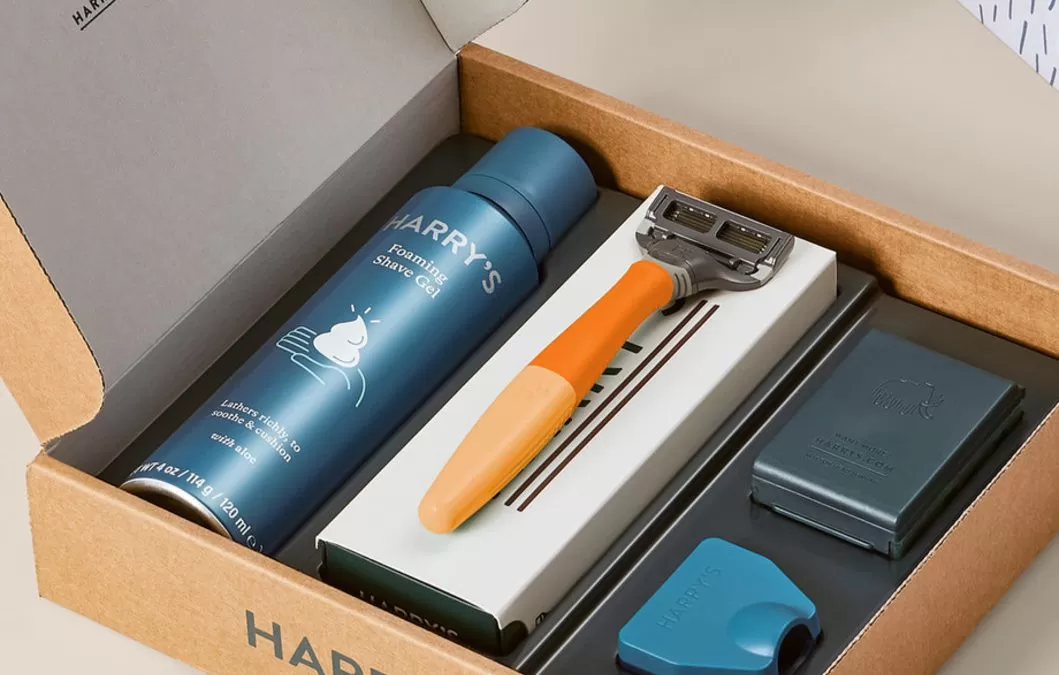Hyper personalisation in grocery marketing has a huge impact on customer behaviour. A recent study of European shoppers conducted at the start of the year revealed that 71% are more likely to buy from brands that treat them as an individual, for instance. And in the US, a third of shoppers say that hyper personalised product selections will entice them to purchase more immediately and more often because they understand the ecommerce retailer has done their research for them.
With those numbers in mind, it’s unsurprising that many shoppers have come to see hyper personalisation as something of a basic requirement regarding their purchasing experiences; more than half of customers say that they now expect offerings to be tailored specifically to them, with two-thirds of the opinion that retailers need to understand their unique needs. Expectations are growing. Gone of the days when it was permissible for consumers to see that marketing communication have been sent to them merely because they bought its sister product last week.
Hyper personalisation isn’t only of benefit to the consumer. For grocery retailers in particular, high-performance, product-level hyper personalisation can help customers navigate what can be an otherwise overwhelming range of items, offers, and promotions – particularly on mobile devices. Done right, that can drive sales uplift and help to grow customer loyalty alike. The key to this is relevancy, if all you ever send to your consumers are relevant products, you maximise the effect. Lower returns, increased basket size (AOV), increased frequency of purchases. No wonder it outperforms all other forms of e-marketing combined, according to most leading research houses.
With tens of thousands of products and millions of individual customers to take into account, the sheer scale of grocery retail makes hyper personalisation fundamentally complex. But the selection of the perfect solution for you may be easier than you realise, although there are many distinctions between vendors. Sophisticated, AI machine learning is required, particularly when it comes to the practice of hyper personalisation – building offers and promotions around what customers are most likely to buy or need next.
Hyper personalisation in Grocery Marketing
While it might not be immediately clear, this kind of one-to-one personalisation isn’t easily possible within the typical Marketing Tech clouds and platforms that many grocery retailers have already invested in. These platforms excel at creating customised journeys, reacting to triggers and delivering hyper personalised messaging, but the kind of predictive, granular, and hyper-scaled personalisation described above requires an additional set of functionality and capabilities.
Crucially, these capabilities do not diminish the marketing tech that retailers have already invested in; in fact, they significantly improve it. Today’s popular marketing clouds and platforms allow retailers to reach customers at scale, in many channels, and in response to many events. Hyper personalisation ensures that every single one of those communications is hyper-relevant to each customer. When combined, retailers can achieve hyper personalisation and mass scale at once.
For true hyper personalisation, the advent of an AI machine learning into marketing was the key. One of the main reasons for that is because hyper personalisation isn’t just about matching products to customers. It’s also about understanding the context in which personalisation is being applied – the high-level need that the customer has at that specific point on their journey. They might be looking for inspiration, a discount, or a reward, or they might just want things to be fast and convenient; whatever it is, advanced data science can help retailers to understand, predict, and meet that need.
How do customers benefit?
For shoppers, hyper personalisation is inherently useful because it enables them to get discounts and offers on products that they buy, right when they need them most.
We’ve noted the rise in digital coupons, as well as the traditional and digital offerings from the major supermarkets. Currently, these offers feel very mass-targeted, and while there are a huge number to choose from, as a shopper they’re not always that useful; not only are most of them irrelevant to the average consumer, but they also need to scroll through dozens to find the ones that are.
When hyper personalisation is done well, it flips that dynamic on its head. Whether through recommendations on a grocery website, or discounts and offers tied to a loyalty card, shoppers can get deals that are uniquely tailored to them. Even better, those deals are timely, because they’re based specifically on the likelihood of that customer needing a particular item shortly.
Let’s look at hyper personalisation in grocery marketing examples
First, we can use hyper personalisation to save customers time. When a shopper visits the online store or opens their scan and shop app in-store, hyper personalisation can present a pre-built shopping list of items the customer is predicted to need. At the end of the shopping trip, we can check back against that list and highlight any products they’ve missed.
That means they’re less likely to forget something and have to make another trip. Likewise, when they buy online, they can see these preferences and “most likely” preferred selections for them based on live data, instead of a generic “people who that also buy this”, or “the is your last shop”.
Second, hyper personalisation can be used to deliver bespoke product offerings to each customer. Of all your millions of SKUs, you can anticipate each customer’s next most likely purchase.
This ranks all your SKUs in order of highest buying propensity for that individual, selects the top ones and emails them to each consumer a couple of times each month. Regardless of what anyone else might like, it solely concentrates on personalising the product offering to that consumer.
This supplements all your other marketing activity, including promotional and incentive emails sent through your standard ESP. Offers are then delivered on a cadence, or in response to their online activity perpetually feeding in data of their interests, through the marketing cloud platform – predictive and reactive working hand in hand. As a result, customers increase their average order value (AOV) and critically increase their customer lifetime value to you.
How do retailers and brands benefit?
Because hyper personalisation is based largely on future customer needs, it can be an excellent way for retailers to drive footfall to their store, both online and brick-and-mortar. If you know that a shopper is likely to buy a product in the next seven days, for example, a personalised offer gives you a better chance of ensuring that they make that purchase with you.
A similar approach can be used to reach out to customers who may be in transitory states. If your data is telling you that a customer has a high likelihood to churn, an offer – or series of offers – designed to re-engage them can help maintain their loyalty.
There are financial benefits for retailers too, and those go beyond just driving sales; over the longer term, hyper personalisation can help a retailer to shift their promotional mix. Rather than focusing purely on volume price cuts, they can instead aim for a blended approach – one in which the overall discount is lower, but complemented by specific offers for different customers.
That can be a huge margin driver. personalised email marketing has the benefit of landing in isolation with each consumer, and while they would vociferously deny they make independent buying decisions without comparing, the inherent human trait of apathy mixed with previously established trust delivers higher price point opportunity.
The other commercial opportunity here is for retailers to monetise their personalisation activities with suppliers while respecting customer privacy, and without sharing customer data.
For brands, hyper personalisation gives them a mechanism to do things like communicate with lapsed customers, prevent existing ones from switching to a competitor, and reward loyal shoppers. Crucially, that mechanism is one that retailers can charge for on a redemption-by-redemption basis. Suppliers still benefit, of course, because they save money that would otherwise be used on untargeted mass promotion.
There are other advantages too – from smarter, and more collaborative category management, to the ability to hyper personalise offers around products that customers might want to try in the future. That’s particularly relevant in an age where many shoppers are looking for greater inspiration in their shop.
Hyper personalisation simply allows retailers to evolve – to move away from high-volume, mass-market promotional programmes, and towards something much more sophisticated. And it does that by building on top of the marketing ecosystems retailers are already invested in.
That’s important because, in today’s competitive environment, success isn’t just about the marketing technology that retailers employ. Instead, it’s about underpinning those systems with the data science required to become truly customer-centric – something that can deliver satisfaction and growth in equal measure.





